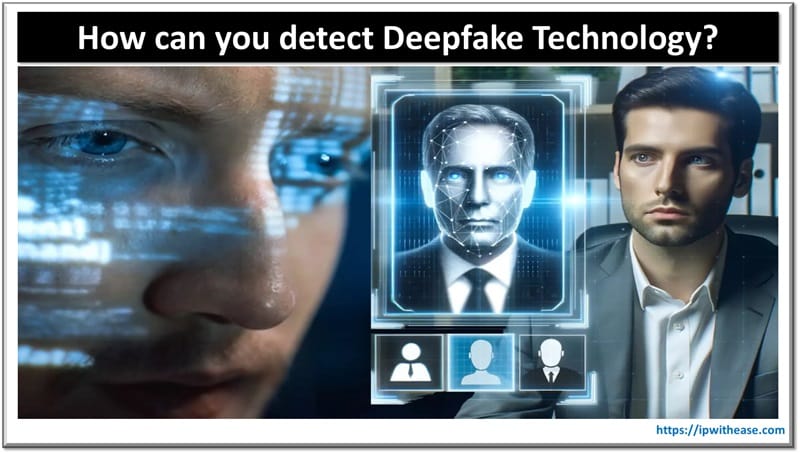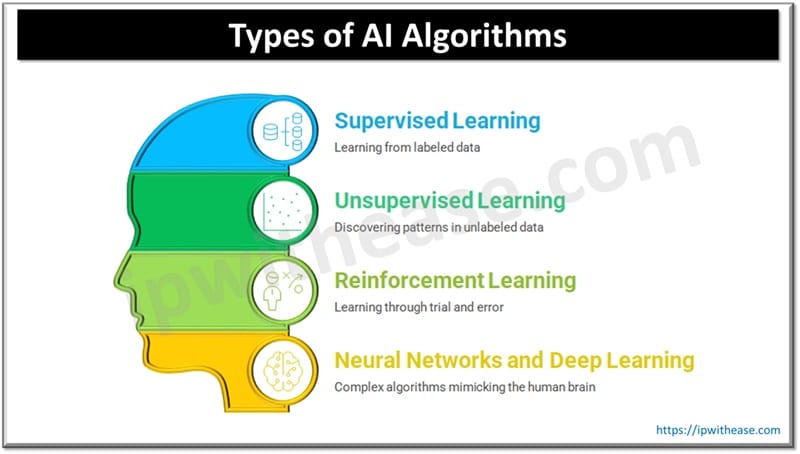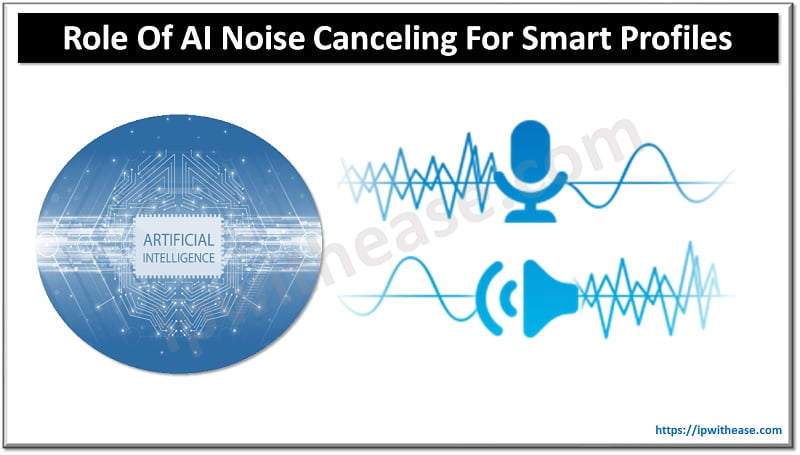Table of Contents
Artificial Intelligence, or AI, is a groundbreaking technology that has revolutionized various industries. In addition to benefiting industries, common people have also become its beneficiaries. Multiple subsets of AI are also emerging. However, it is worth mentioning that advanced technologies also have some negative uses and positive applications.
One key development with roots in AI is Deepfake technology. Most of you may have heard this term in the past. However, many are unaware of its applications, especially negative uses. While Deepfake technology can be beneficial in various scenarios, it can also be used for negative purposes.

Considering this fact, it is essential to know what deep fake technology is, where it finds its applications, and how we can detect Deep Fakes. This article covers everything. So, stick to it to get answers to all your queries regarding deep Fake technology. Further details are given below.
What Is Deepfake Technology?
‘Deepfake’ combines two words: ‘Deep Learning’ and ‘Fake.’ Given this, the purpose of this technology is pretty obvious. Deepfake technology is a subset of AI that articulates fake content that is normally indistinguishable from real content. You can use it to create fake media, including images, videos, and audio clips. The creation of fake media through Deepfake technology becomes possible because of machine learning techniques.
These techniques offer algorithmic examples to AI modules for training purposes. These modules generate similar output in return for generating Deepfakes. For instance, in the case of Deepfake images, the AI neural network will be fed thousands of visuals. These visuals will train the neural network to identify and reconstruct patterns, including things featured by training data, usually faces.
Related: Generative AI vs ChatGPT: What is the difference?
Where Deepfakes Get Used?
Before discussing the negative aspects of deep fakes, it is essential to understand the various uses of deep fake technology. The deep fakes generated using this technology are usable for multiple purposes. Here are a few scenarios where they find their uses.
Gaming
Deepfakes can be used to add a realistic touch to various video games.
VFX
Deepfakes are also used in the VFX industry and filmography. Because of them, de-aging and aging of actors become possible.
Scientific Research
Deepfakes are also being used for various scientific research purposes.
Customer Support
You may also find deepfakes used for customer support purposes. Audio and video clips generated through deep fakes can be used for caller response.
Misinformation and Misguiding
While the uses above demonstrate the positive application of Deepfakes, they may also be used for negative purposes. For instance, this technology may spread misinformation and impersonate famous people, such as politicians and celebrities.
Why Are Deepfakes Considered Dangerous, and How Can They Be Detected?
Deepfakes are considered dangerous because they are indistinguishable from the actual content and usable for misinformation. They can be used to misguide people and serve a negative agenda against a particular famous personality. However, it is worth mentioning that various methods are available to detect deepfakes, thanks to AI. Several methods are discussed below to help you detect deepfakes and differentiate them from the real content. Read on to learn more.
Manual Identification
There could be a few ways that may help you manually identify deepfakes, especially videos. All you need to do is pay attention to the suspicious video clip. Here is how you can figure out that it is a creation of deepfake technology.
- You may not see the person featured in the video blinking their eyes. Inconsistent blinking could be a red flag as well.
- Strange eye behavior or movement could be the signal of deepfake involvement.
- Irregular facial expressions, like robots or cartoons, also indicate deepfakes.
- Unnatural shadows and mismatched lighting can help spot deepfake involvement in video clips and images.
- Inconsistencies in the background and environmental details are also signs of deepfakes.
- Mismatched lip-syncing, unnatural speech patterns, and robotic tones also demonstrate the involvement of deepfake technology.
Reverse Image Search Technique
The reverse image search method has emerged as a powerful tool to help you identify deepfake images and videos. You can use it to spot deepfakes easily. It will also help you trace the origin of the image or video frame through it and analyze its credibility before believing in it. Image finder can bring results from various databases, so you don’t miss out on any worth-watching results.
Once you find similar results by performing a reverse image through such an advanced tool, look for alterations. For instance, the background change with similar apparel or something else makes the visual look suspicious. Doing so will help you determine whether the pattern from the underlying visual or similar results has been altered or reused elsewhere. Hence, the image search technique will help you identify deepfakes easily.
The Wrap
Deepfakes can be used for positive and negative purposes. However, considering their use for misinformation, it is essential to spot deepfakes. We have discussed a couple of methods to help you spot. Hopefully, after reading this article, differentiating deepfakes from the original will be easier for you. Stay vigilant to avoid misinformation!
ABOUT THE AUTHOR
IPwithease is aimed at sharing knowledge across varied domains like Network, Security, Virtualization, Software, Wireless, etc.



